AARP Hearing Center

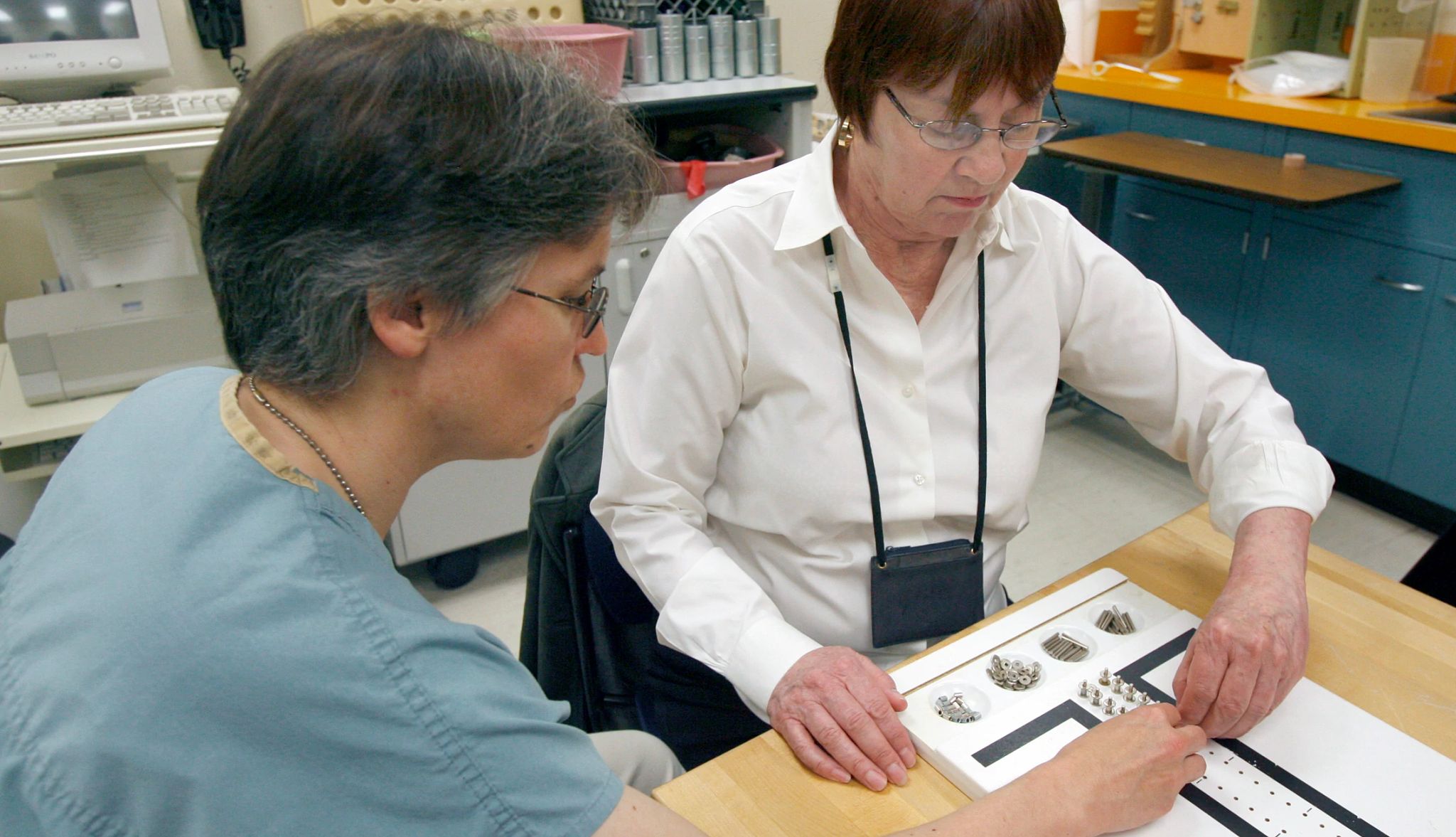
When Alanna Monath suffered a devastating stroke at 53, doctors and nurses at a specialized stroke center saved her life.
But it was rehabilitation specialists, including occupational therapists, who helped Monath regain her independence.
The stroke, which occurred in October 2023, left Alanna unable to speak or move the right side of her body. Occupational therapists have helped her regain many of the skills she needs to care for herself, such as holding a pen; brushing her teeth; using a spoon and fork; getting dressed; and folding laundry.
“She had to start from scratch, learning everything like a child,” says her husband, Eric Monath. “It was important to get her moving and get the brain to work with her arm and her hand and her leg and her feet.”
What is occupational therapy?
When someone has been impacted by illness or injury, occupational therapy helps people resume not only their jobs — but any activity that’s meaningful to them, says Kristin Johnston, a senior occupational therapist at the Kennedy Krieger Institute’s International Center for Spinal Cord Injury in Baltimore.
Some may confuse them with physical therapists (PTs), who focus on moving the body. PTs helped Alanna learn to walk again. Occupational therapist practitioners (OTPs), on the other hand, help people perform everyday tasks such as dressing themselves or getting in and out of a car safely. They improve clients’ fine motor skills, dexterity and range of motion – for example, enabling your loved one to type or use a smart phone.
Often described as expert problem solvers, OTPs excel at finding workarounds and ways to make such tasks easier, such as recommending special grips that help people hold a pen or devices that help people button a shirt, says Scott Trudeau, director of practice engagement at the American Occupational Therapy Association.
“Occupational therapists have millions of devices,” says Daron Gersch, a family physician with CentraCare Hospital in Long Prairie, Minn., and board member of the American Academy of Family Physicians. “They can give you a gadget to help you hold onto a zipper, to hold onto a utensil, or devices to help you get your shoes and socks on.”
But OTPs don’t just focus on disabilities; they consider the whole person and their needs. They work to design therapy plans around their clients’ goals, Johnston says. For example, as Alana has always enjoyed painting and drawing, her OTP encouraged her to work on adult coloring books.































































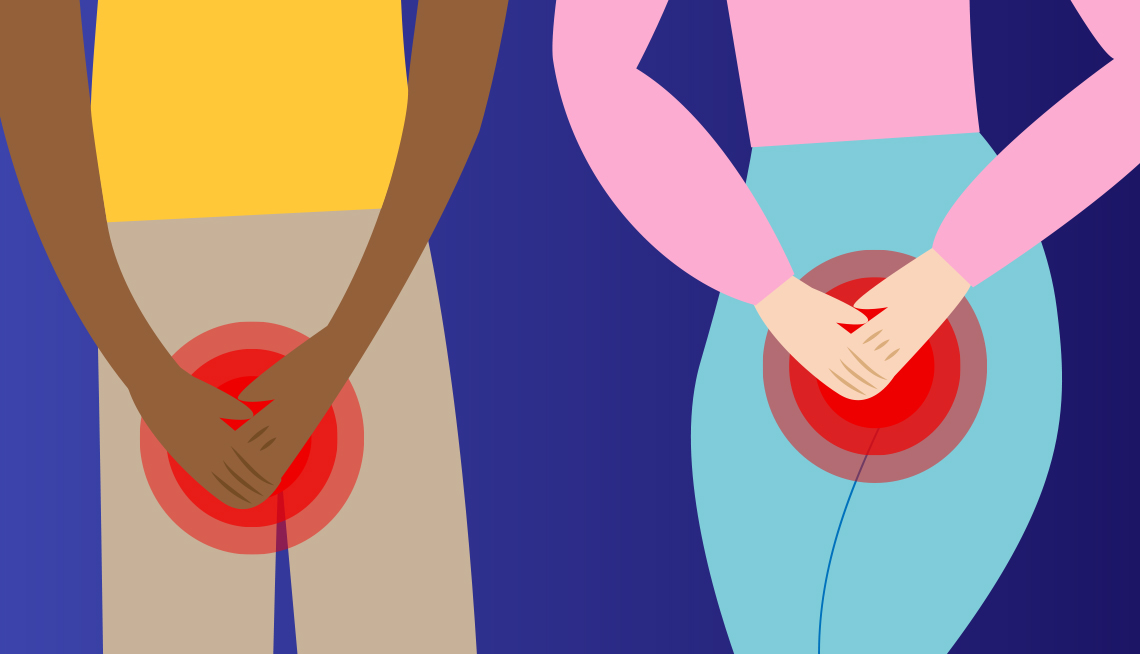

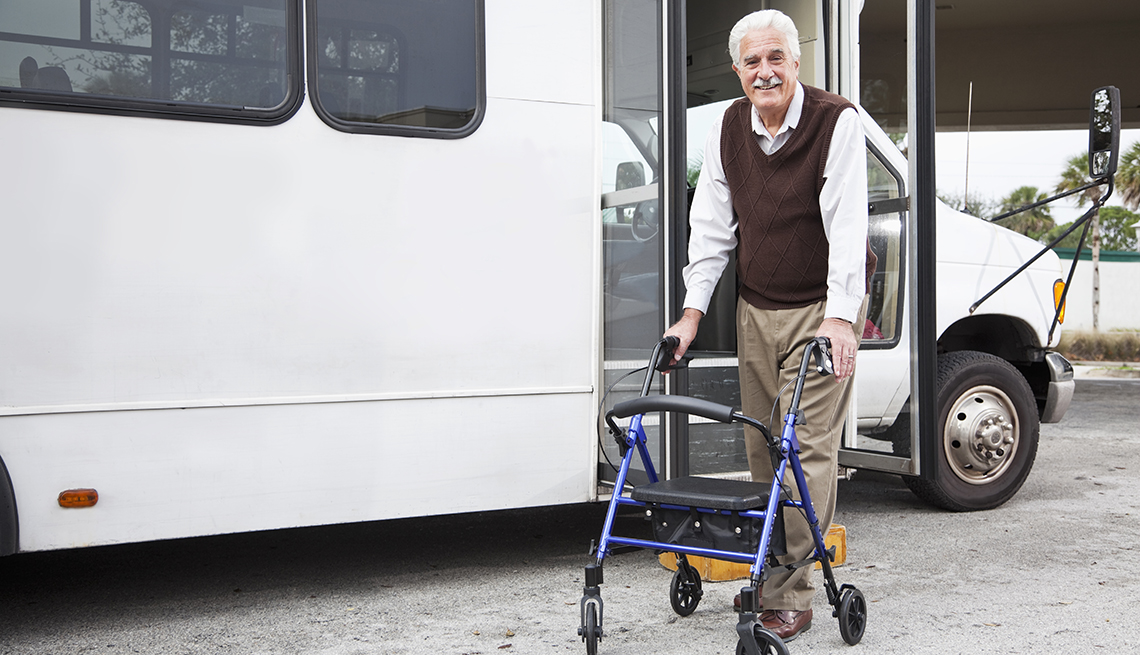
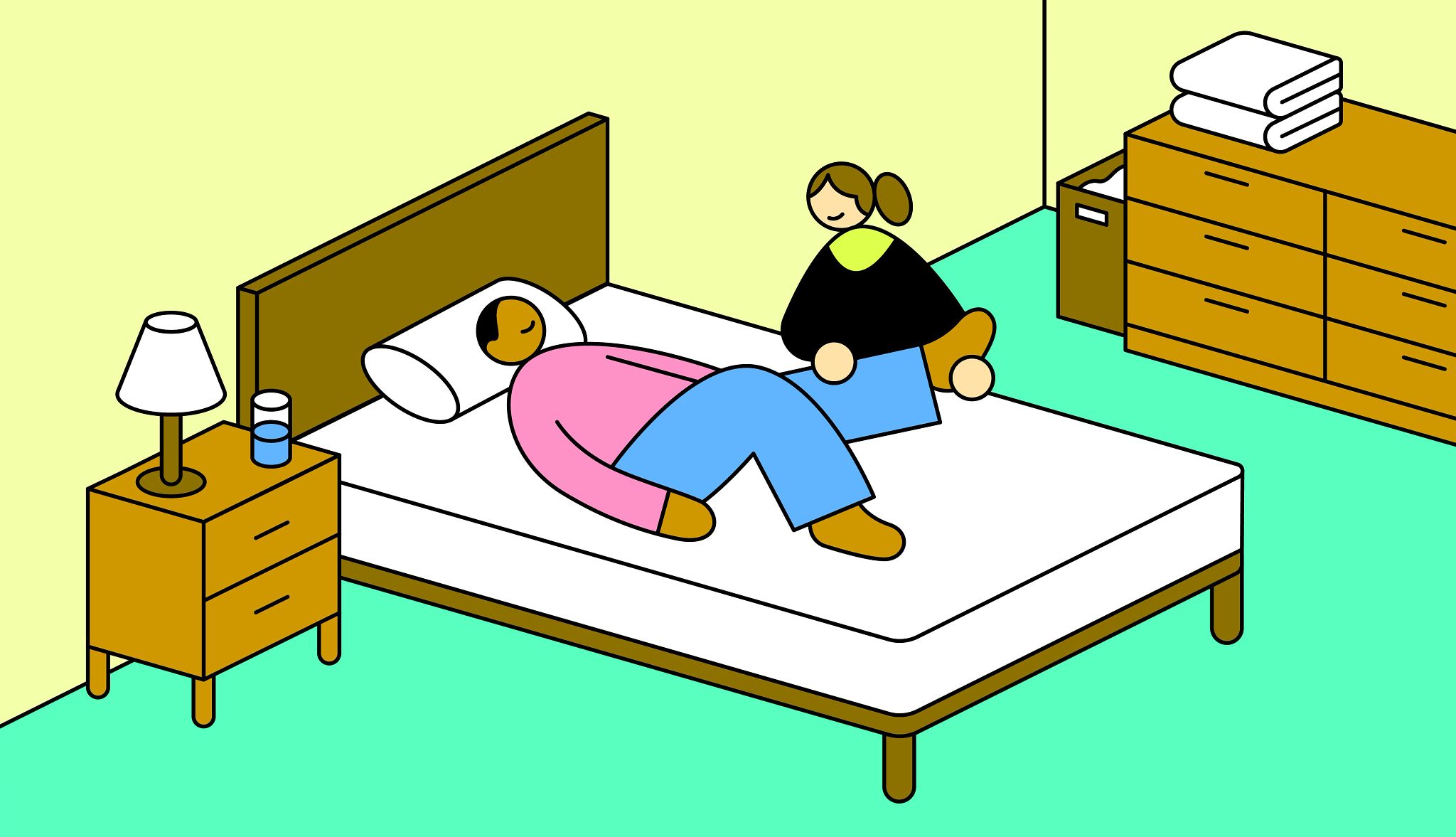

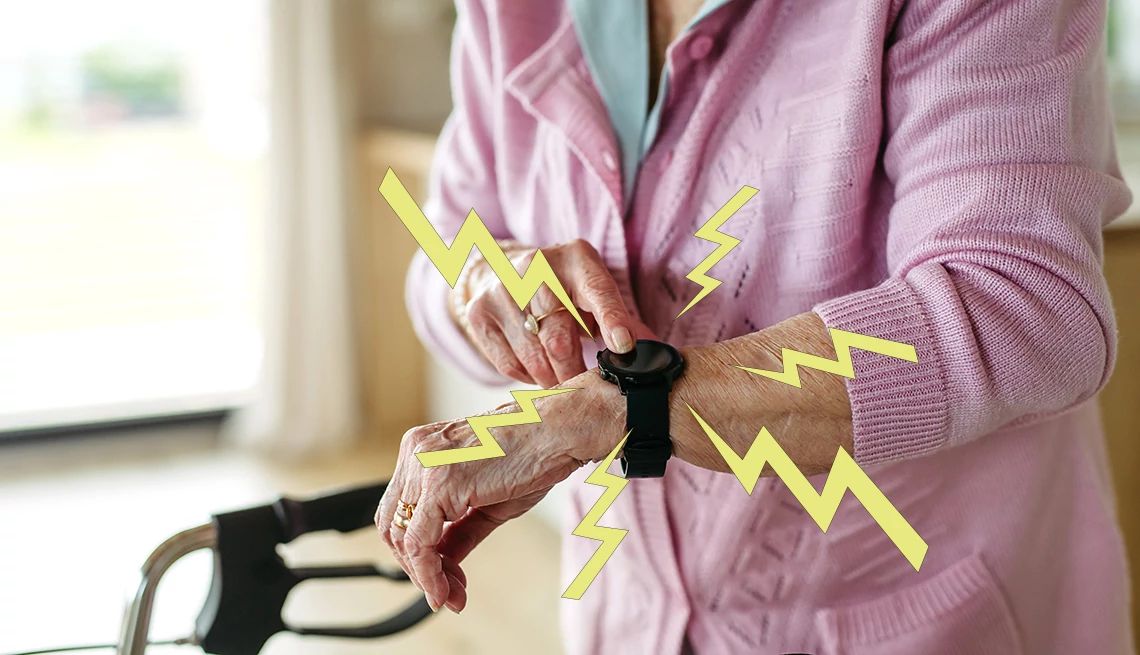
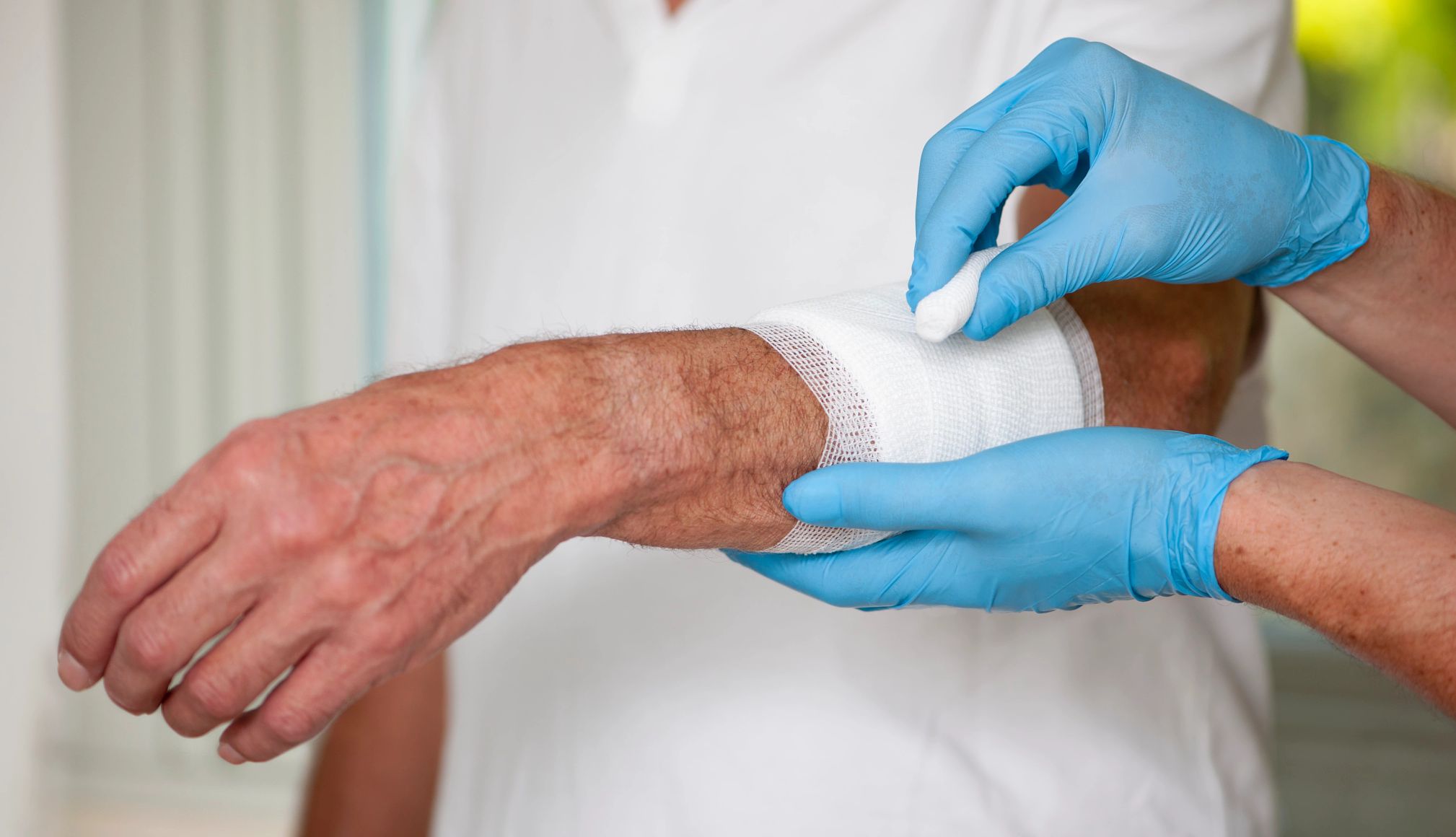

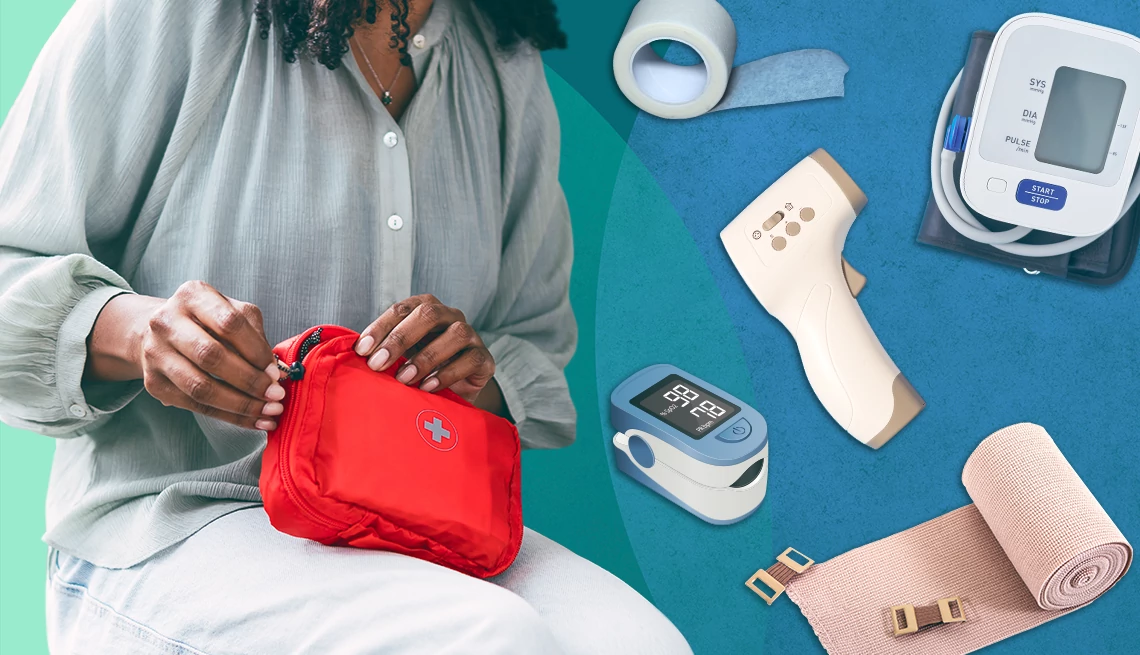



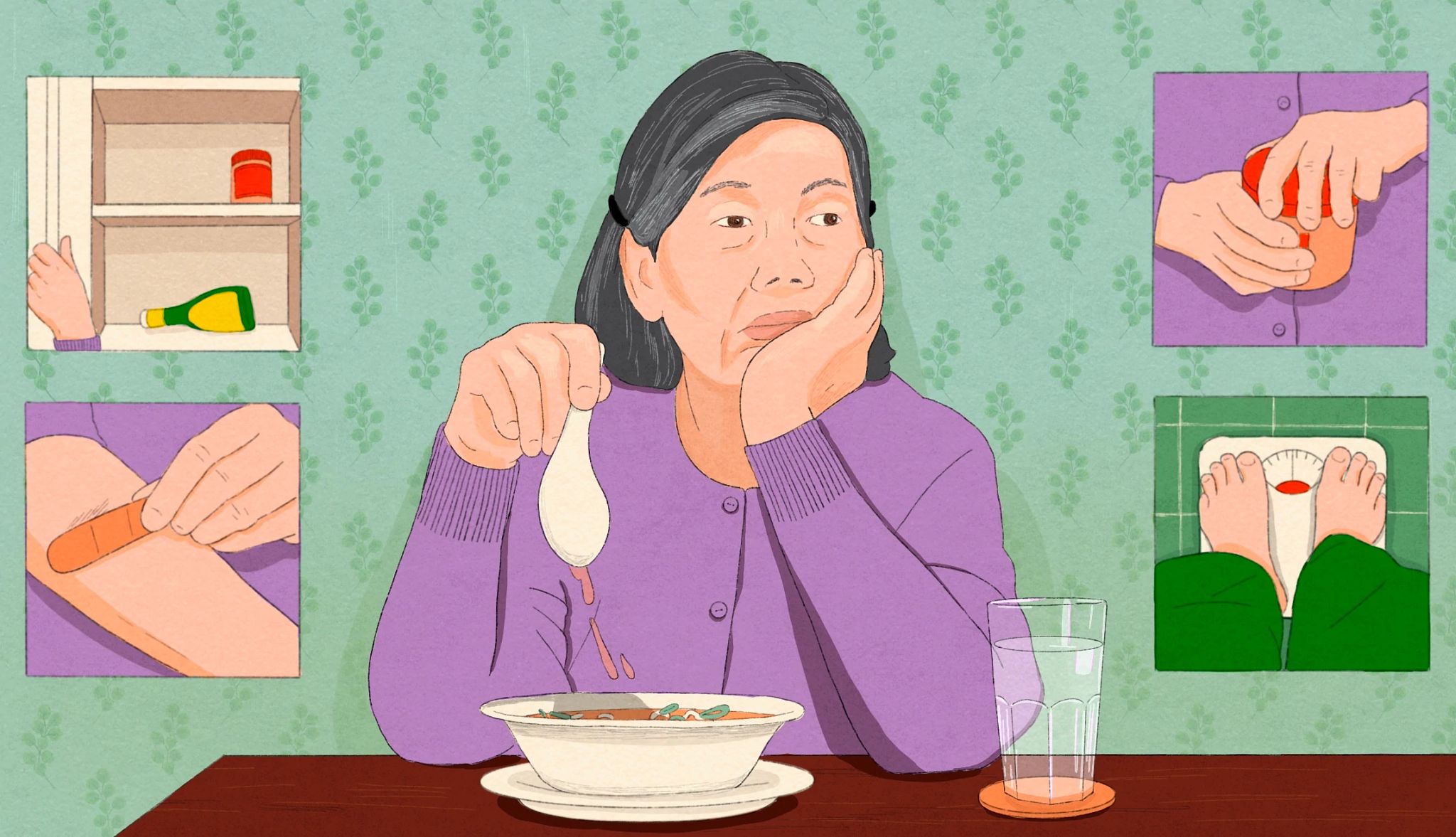
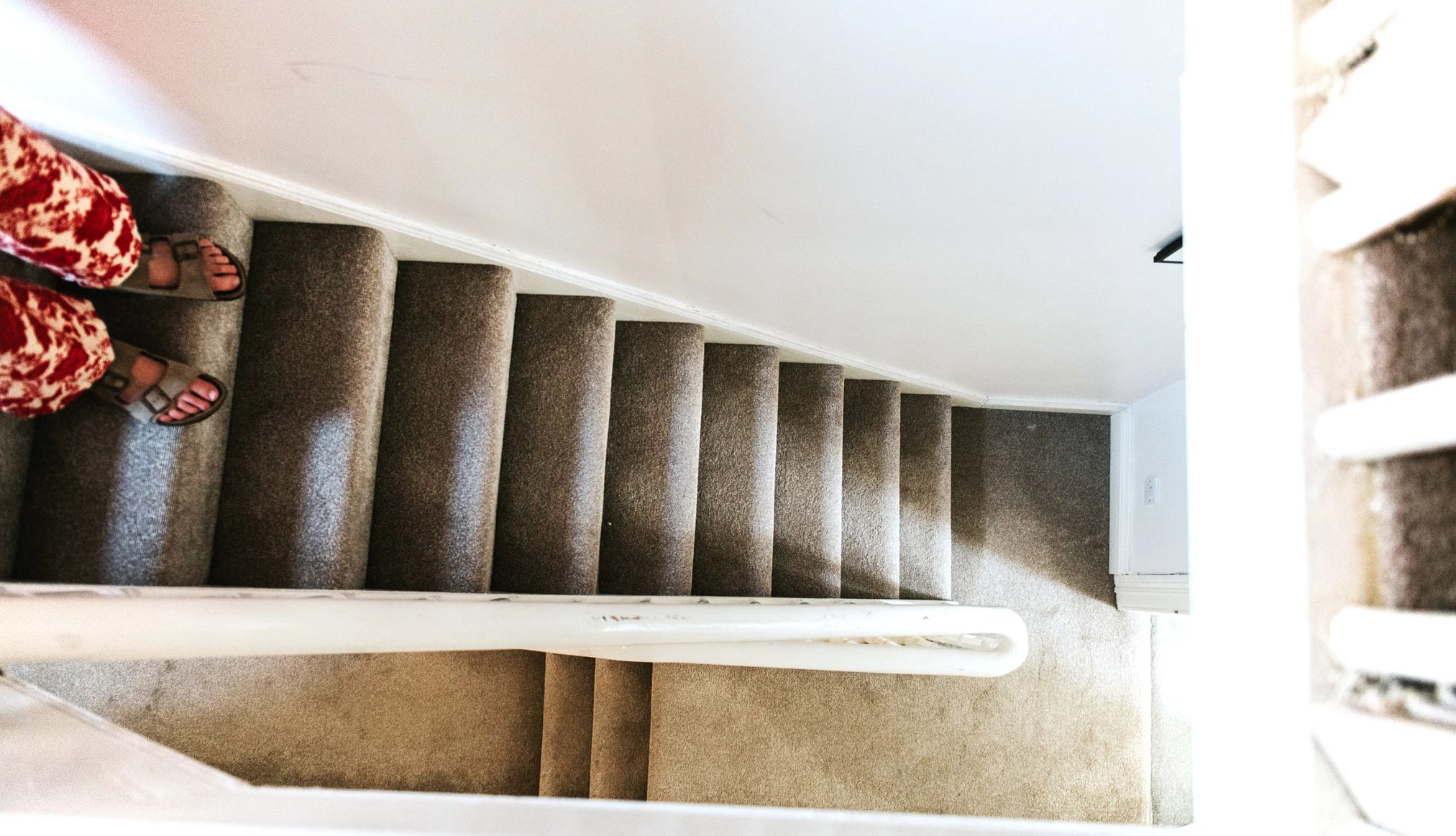





More From AARP
10 Common Mistakes That Family Caregivers Make
Experts share how to avoid these caregiving pitfallsWhat Caregivers Should Know About Transportation Services
Helping your loved one get around when you can't provide a ride